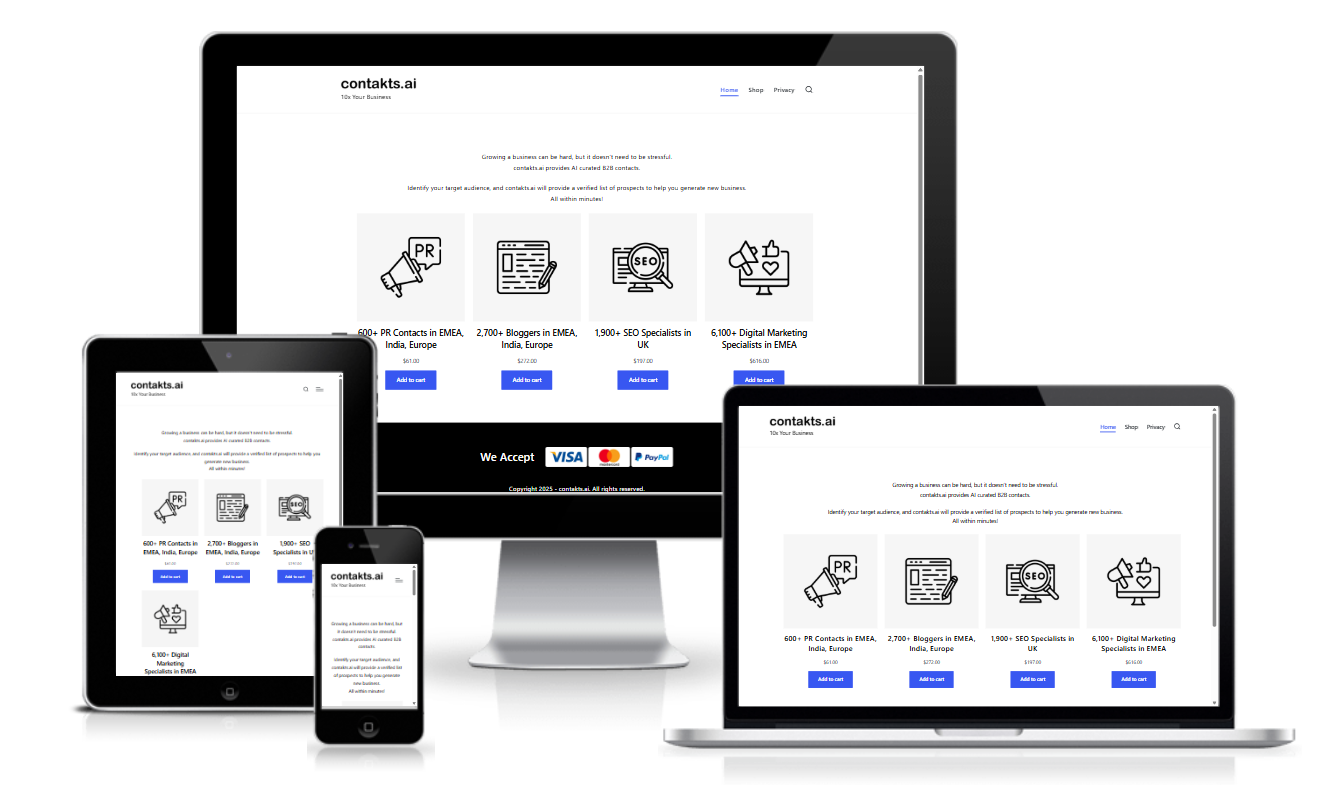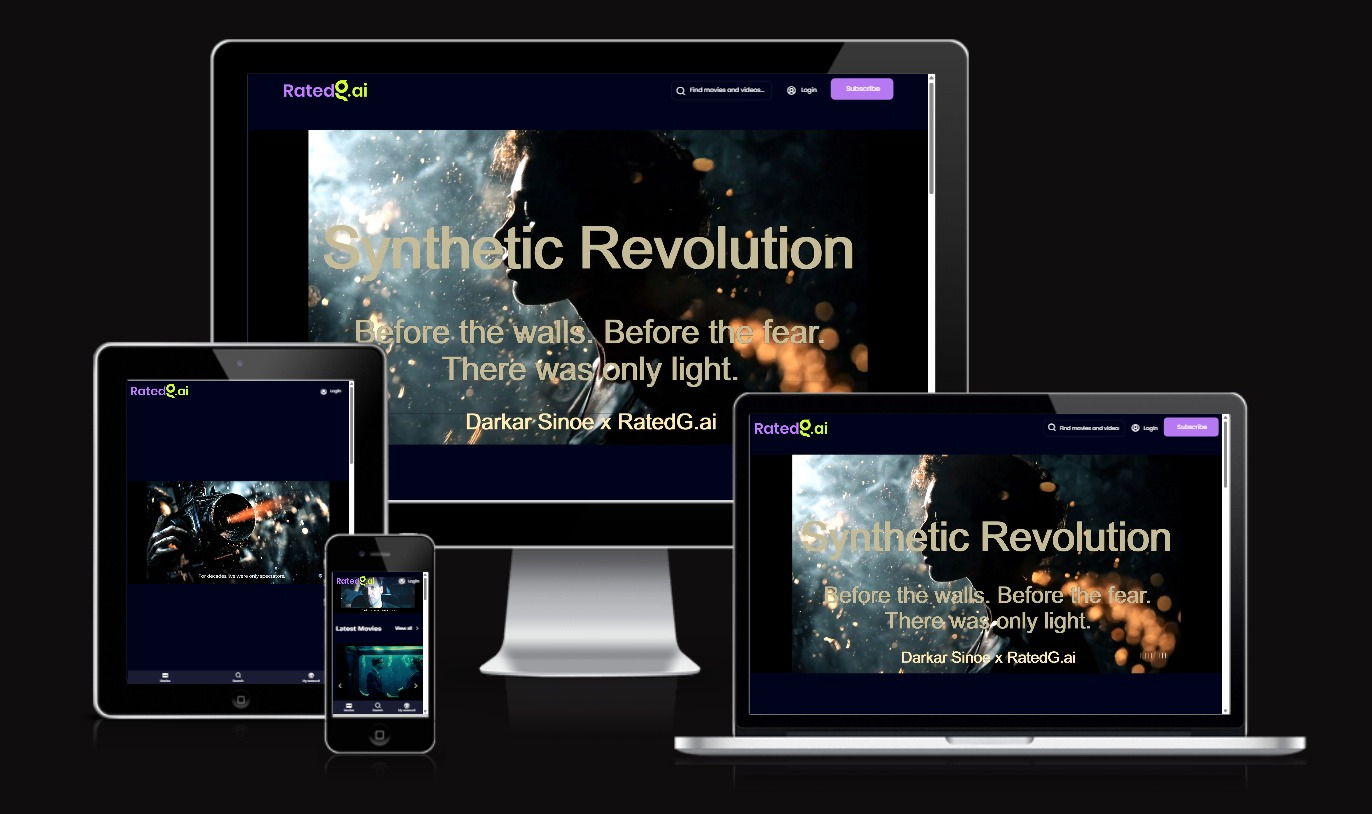UAE Best Practices For Guest Posting: How To Maximize Your Reach And Impact
In the world of digital marketing, guest posting has emerged as one of the most powerful strategies for building authority, reaching new audiences, and improving search engine visibility. When done correctly, it can open doors to new partnerships, increase brand recognition, and drive qualified traffic to your website. However, many marketers still approach guest posting without a clear strategy, leading to wasted effort and minimal results.
To help you get the most out of guest posting, here are the best practices to follow:
- Define Your Goals Before You Start
Before pitching any publication, it’s essential to know why you are guest posting. Your goals could include:
Growing your brand visibility
Driving targeted traffic
Establishing thought leadership in your niche
For example, if your primary goal is SEO, you’ll focus on authoritative sites with strong domain authority. But if your goal is brand awareness, you might prioritize platforms with a large and engaged readership, even if the SEO benefits are secondary.
- Research and Choose the Right Platforms
Not all guest posting opportunities are equal. Publishing on irrelevant or low-quality sites won’t help your business. Instead, look for websites that:
Are relevant to your niche or industry
Have high domain authority and trustworthiness
Attract an active, engaged audience
Publish high-quality, original content
A guest post on a well-regarded website will enhance your credibility, while a post on a low-quality blog could damage your brand reputation.
- Study the Site’s Content and Guidelines
Editors receive countless pitches, and the fastest way to get rejected is by ignoring their content style or guest posting guidelines. Before sending a pitch:
Read several articles to understand tone, structure, and audience expectations.
Look for topics already covered so you don’t pitch repetitive ideas.
Follow the guest post submission rules carefully (word count, formatting, links).
By tailoring your content to their standards, you increase your chances of acceptance.
- Pitch Unique, Value-Driven Ideas
Your pitch is your first impression, so make it count. Instead of suggesting generic topics, propose unique, actionable, and timely ideas. Editors look for content that:
Solves a problem for their readers
Offers fresh insights or perspectives
Provides practical, actionable takeaways
For example, rather than pitching “SEO Tips for Beginners,” you could pitch “How AI is Transforming SEO for Small Businesses in 2025.” This kind of angle stands out and shows that you understand current industry trends.
- Focus on Quality Over Quantity
One of the most common mistakes in guest posting is treating it as a numbers game. Publishing dozens of low-quality posts won’t deliver the same impact as a few well-researched, well-written, and insightful articles.
High-quality guest posts often include:
Original research or case studies
Real-life examples or success stories
Clear structure with headings and subheadings
Engaging visuals, infographics, or charts
When your content is genuinely valuable, it gets shared more widely and leaves a lasting impression on readers.
- Be Strategic With Links
Links are one of the main benefits of guest posting, but abusing them can backfire. Avoid stuffing your article with self-promotional links. Instead, follow these best practices:
Include one contextual link to a relevant resource on your website.
Add links to authoritative third-party sources to build trust.
Use a natural anchor text that flows within the content.
Many publications also allow a short bio at the end of the article where you can link to your website or social media profiles. This is a great way to drive traffic without being pushy.
- Maintain Your Brand Voice
Even though you’re writing for someone else’s audience, your brand identity should still come through. Make sure your content aligns with your overall messaging and values. This consistency helps readers recognize and remember you, especially if they encounter your brand across multiple platforms.
- Promote Your Guest Posts
Your job doesn’t end once the article is published. To maximize reach, actively promote your guest post:
Share it on social media with engaging captions.
Add it to your newsletter.
Link to it from your own website or blog.
Encourage discussions and respond to comments.
Promoting your guest post not only drives more traffic but also shows the host site that you value the collaboration, increasing your chances of being invited back.
- Build Relationships, Not Just Links
Guest posting should never be seen as a one-time transaction. Use it to build long-term relationships with editors, bloggers, and influencers in your industry. If you consistently provide value, they’ll see you as a trusted contributor and may offer you more opportunities in the future.
Engage with the publication beyond your article—comment on posts, share their content, and show genuine interest in their community.
- Track and Measure Results
Finally, measure whether your guest posting efforts are paying off. Track:
Referral traffic from guest posts
Backlink performance (using tools like Ahrefs or SEMrush)
Engagement metrics (shares, comments, mentions)
Conversions (newsletter sign-ups, leads, or sales from referral traffic)
By analyzing these metrics, you’ll learn which platforms and strategies deliver the best return on investment.
Guest posting, when done strategically, can be a powerful tool for growing your online presence, building credibility, and attracting targeted traffic. The key is to focus on quality, relevance, and relationships rather than chasing quick wins.
By following these best practices, defining your goals, targeting the right platforms, pitching unique ideas, and promoting your content, you’ll not only get published but also leave a lasting impact on your audience and industry.












